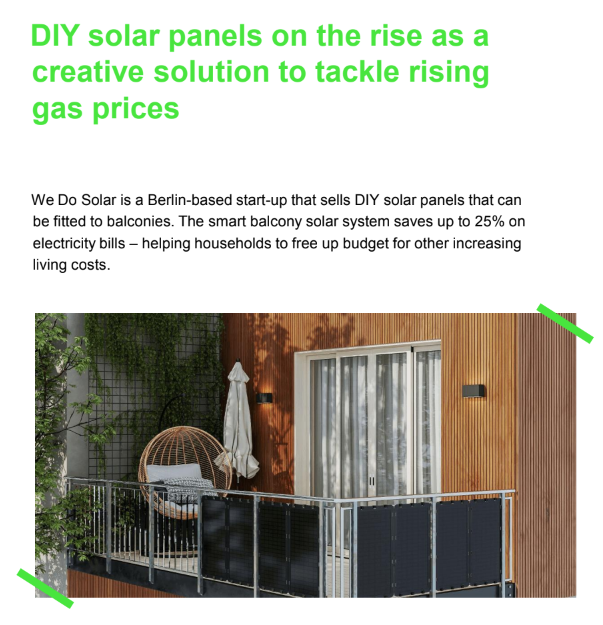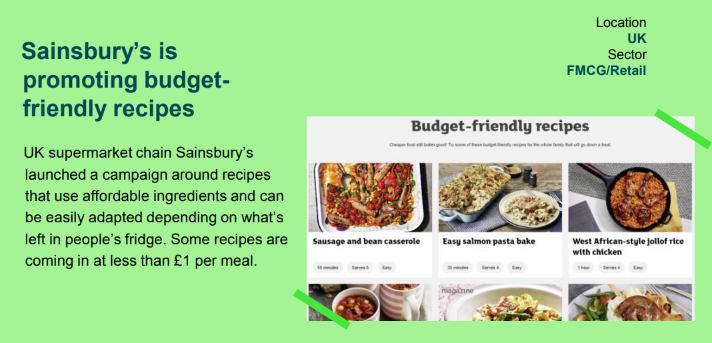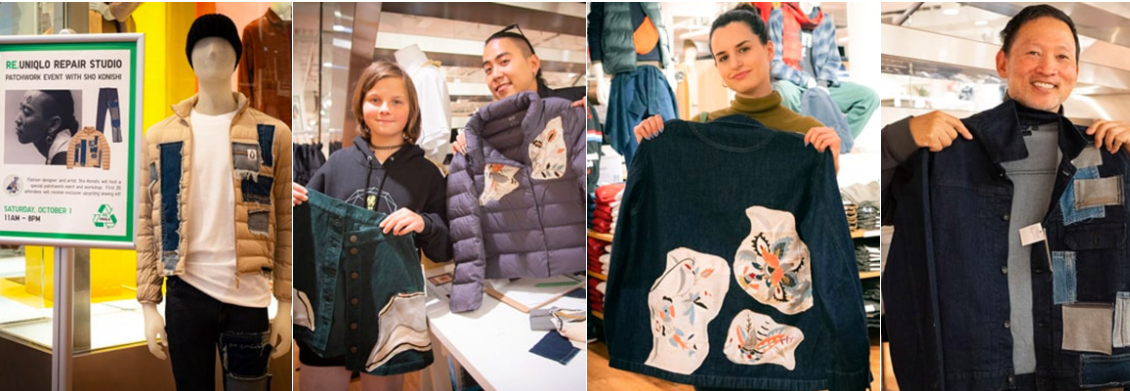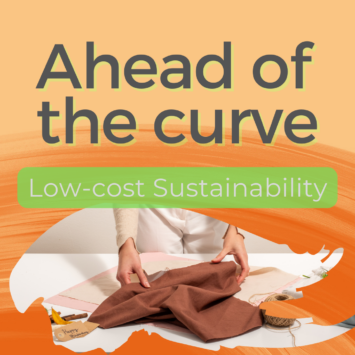
Ahead of the Curve: Low-cost Sustainability
The Ahead of the Curve series highlights five emerging social trends that may impact our audiences and, therefore, our outreach and engagement efforts.
I believe it’s vital to understand the larger social forces influencing our audiences so we can proactively adapt our outreach approaches accordingly instead of reactively jumping on the bandwagon.
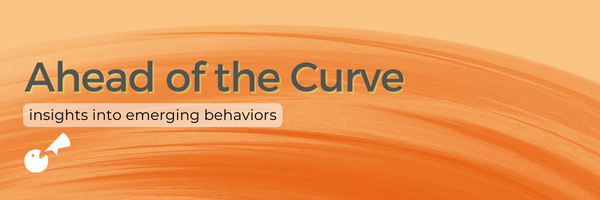
Cost increases the intention-action gap for sustainability.
Humans commonly have a gap between what we intend to do (exercise four times a week) and what we actually do (barely manage to complete two half-ass workouts). We call this the “intention-action gap.”
The sustainability movement has struggled to overcome this gap, especially on high-cost ticket items like electric vehicles, heat pumps, and solar panels.
In 2023, prices and consumer pessimism about the economy are rising (IPSOS 2023), creating an intention-action gap across a wider array of sustainable actions and behaviors.
For example, 72% of respondents across the US, UK, and Australia believe each of us has a personal responsibility to act in a sustainable way. Yet, only 32% claim to always choose the most sustainable option, regardless of price. » OMD Signals 2023
“Regardless of price” is a crucial factor there. Increasingly, shoppers would LOVE to buy the most sustainable option, but not everyone can afford to. And with household budgets feeling tighter, more trade-offs between price and sustainability are being made.
The majority of adults (58%) prefer brands that are sustainable, with 60%stating that they “try to buy products that are packaged in an environmentally friendly way.” The increasing intention-action gap is not driven by a lack of desire, it’s a reflection of the current financial realities we’re all facing. » Wavemaker UK Growth Trends 2023
To close the intention-action gap of living sustainably, consumers and brands are creating a new trend of…
LOW-COST SUSTAINABILITY
This trend excites me because it’s filled with such creative ideas for reducing our impact on the planet without increasing our spending.
Here are three ways consumers and brands are finding lower-cost ways of living sustainably.
1. Sustainable living that saves money.
While the price of sustainably-made products might increase the intention-action gap, the cost-savings of living more sustainably can quickly close that gap.
(I know…that’s a bit of a brain teaser.)
Consider these data points from the Wavemaker UK Growth Trends report on the five actions respondents have taken to save money:
- 44% are trying to reduce energy bills.
- 37% are buying less food when grocery shopping.
- 35% are going out to eat less.
- 33% are cutting back on non-essential journeys.
- 32% are visiting town centers and high streets less.
These efforts to save money serve double duty, resulting in less consumption, less travel, and (potentially) less waste.
Companies are helping audiences find these win-win solutions by promoting the cost-saving benefits of sustainable living choices, such as apartment-friendly solar panels and budget-friendly recipes (see examples below).
2. Everything old is new again.
Reducing consumption is an important sustainability goal, but for most people, it’s a hard habit to break, especially when the prevailing social norm is to buy things.
I have recently learned the phrase “new to you,” which is an excellent way of capturing the ethos of buying second-hand items. You can buy something that feels exciting and new without contributing to the demand for new things.
According to OMD Signals, 39% of respondents plan to buy second-hand and resale items to save money. When Instagram asked Gen Z consumers “what they’d do when a clothing item is out of budget, over a quarter of Gen Z buyers turn to thrifting.”
Two examples of meeting this trend are branded clothing exchanges and second-hand wedding dress pop-up shops.
These ideas are cool ways of maintaining the fun aspect of shopping without increasing its impact on the planet.
3. If it’s broke, fix it!
In addition to buying used items, 49% of OMD Signals respondents plan to reuse, mend or repurpose things they already own. This is not only frugal; it also pushes back on a growing waste problem.
Yet, a significant barrier in this intention-action gap is that many of us don’t know how to fix the items we own. Enter…the Repair Café!
Do you have one of these near you? Repair Cafés are locally organized groups staffed with volunteers who know how to fix a wide variety of things that travel to different towns and repair items brought to them by local residents. One is coming to my town soon, and I can’t wait!!!
Big brands are also jumping on this trend by offering more unique versions of the repair café. For example, Uniqlo partners with designers to create one-of-a-kind patchwork repairs for clothing brought in, turning a torn and worn item into a fashion statement piece. They host these events in addition to establishing repair studios within their stores.
The creative agency Frog.co featured a powerful prediction about repairability and durability in its 2023 trends report:
“Our throwaway culture has led to homes full of clutter and landfills full of waste. Going forward, we see a shift toward designing for repairability and personalization of everyday items like clothes and electronics. These are items that are “emotionally durable” – ones that are built to last or designed for multiple generations of use. This move towards longevity could mean we form deeper connections with our belongings, and don’t feel as drawn to buy new.”
Several pieces of furniture I’ve acquired from my parents over the years fit in the “emotionally durable” category, and I would love to see more of this moving forward.
STAYING AHEAD OF THE CURVE
A key to staying ahead of this curve is to find the overlap between impactful and inexpensive actions and behaviors. Here are a few ideas for encouraging your audience to get involved and take meaningful action without spending more money.
Highlight DIY activities they can do at home. The cost-savings trend means people are spending more of their leisure time at home, which opens the door for DIY activities that help the planet and provide moments of joy and outdoor time, like making a bee house, DIY bird feeder, or pollinator-friendly garden.
Offer opportunities to get involved with your cause. We can link the Age of Action trend with the Low-cost Sustainability trend by inviting audience members who want to make a difference to get involved in activism-based activities.
Provide guidance for reducing and reusing. Consumers are seeking creative ways to reduce their consumption and reuse what they already own. If appropriate, your organization can offer workshops and events that provide practical skills and tips for making the most of what we already have. Or, consider hosting a traveling repair café for staff and community members to attend.
Support “Right to Repair” Legislation. This is a long-standing effort to pass regulations across the United States focused on getting manufacturers to provide access to parts, tools, and service information so items can be repaired. There is a lot of resistance to the proposed bills, so our support is needed to move away from throwaway products and built-in obsolescence.
This is the final post in the Ahead of the Curve series. I hope you enjoyed reading about some trends coming our way and felt inspired to meet these shifting needs and expectations.



